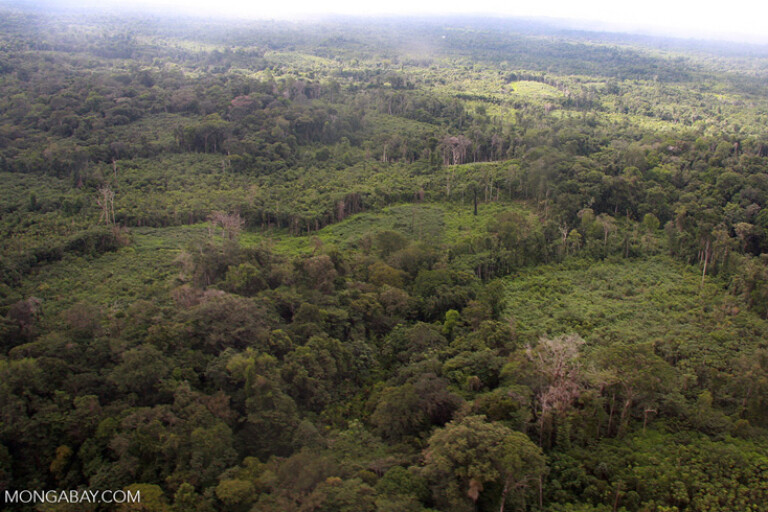Founder’s Briefs: An occasional series where Mongabay founder Rhett Ayers Butler shares analysis, perspectives and story summaries. As governments and corporations scramble to meet climate pledges, the search for reliable and scalable carbon removal strategies has turned increasingly toward forests. But while tree planting captures the public imagination, a new study suggests a simpler, less costly strategy may deliver better results: Protecting young secondary forests already on the landscape. In the study, researchers led by Nathaniel Robinson from the environmental nonprofit The Nature Conservancy mapped aboveground carbon accumulation across more than 100,000 forest plots worldwide, spanning a century of regrowth. The work confirms that forests don’t store carbon at a constant rate — carbon removal rates vary wildly by forest age, region and ecological conditions. In fact, the study finds a 200-fold difference between the slowest- and fastest-growing sites. The sweet spot? Forests aged 20 to 40 years. At this stage, many exhibit peak carbon uptake — far exceeding the removals achieved in the first few decades of new regeneration. Tropical forests, in particular, perform best, reaching maximum sequestration levels around 23 years of age. Mediterranean and savanna ecosystems, by contrast, peak later and less dramatically. This temporal dynamic has practical implications. If natural regeneration began in 2025 across 800 million hectares (1.98 billion acres) of degraded land — an area larger than Australia — the study estimates that 20.3 billion metric tons of carbon could be sequestered by 2050. Delaying that timeline by just five years could slash the…This article was originally published on Mongabay
Search
Recent Research
Want your Blog Article featured on our website?
Research
Featured News
Explaining Katsina’s Massive Leap to 2nd Position in the 2025 Climate Governance Ranking
In 2024, during the first edition of the Subnational Climate Governance Performance Rating and Ranking,
COP30: Firm to connect institutions with international climate finance opportunities
SISTME, a climate change and biodiversity conservation consulting firm based in Argentina, has offered to
From resistance to planetary governance, Indigenous women redefine global climate action
While world leaders negotiate behind closed doors in the Blue Zone of COP30, Indigenous Women
Sahara Group Foundation launches 16th Sahara Go Recycling Hub to boost environmental sustainability, economic empowerment
Sahara Group Foundation, the corporate social impact arm of Sahara Group, has commissioned its 16th
Climate finance is the lifeblood of climate action – Simon Stiell at COP30
Remarks delivered by UN Climate Change Executive Secretary, Simon Stiell, at the third High-Level Ministerial
UNDP, REA, GEF commission Plateau solar mini-grid to power agricultural value chains, empower rural communities
The United Nations Development Programme (UNDP), in partnership with the Rural Electrification Agency (REA) and
COP30: Africa urges world leaders to turn pledges into action
Africa has called on the world leaders to turn their pledges into action regarding the
Thousands join global marches calling on govts at COP30 to deliver climate justice
An estimated 30,000 people marched through the Brazilian city of Belém on Saturday, November 15,


